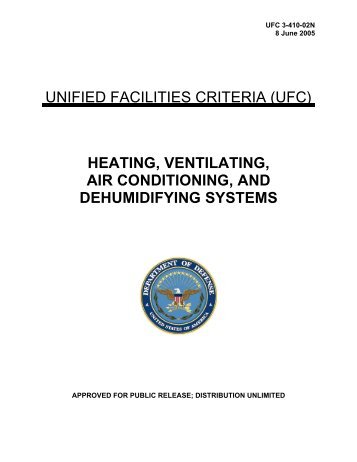File Size: 5.58 mb
Description
The laboratory (lab) environment is unique in terms of the comfort, safety and operation dynamics. The safety constraint requires control of contaminants within the fume hood and the lab space. A fume hood exhaust captures and exhausts contaminants generated within the fume hood. Contaminant leakage from the lab is prevented by lowering the space pressure compared to the adjacent space and thus inducing infiltration.The volume flow rate of lab supply air is high for effective ventilation and the safety criteria require that 100% of the supply air come from outdoors. This air flow is thermally treated which increases the lab energy cost. The lab variable air volume (VAV) HVAC system saves energy by reducing the supply air flow when the lab exhaust decreases. The lab HVAC system consists of multiple, coupled, non-linear and conflicting loops. Present lab control systems use several feedback controllers which work well at the tuning and peak operating conditions. However, they exhibit poor performance at other operating points and due to component non-linearity. The lab HVAC system commissioning is challenging and expensive due to the complex process of feedback loops tuning.
This research proposes a model-based combined feedforward and feedback control for lab HVAC system. The feedforward controller has identification and control algorithms. The identification algorithm identifies and up-dates process characteristics on a regular interval. They are passed to the control block which generates the required control signal for given room conditions. A simple memory based General Regression Neural Network (GRNN) is used for identification and control of HVAC components. Any residual control signal needed to reach a steady state is provided by the feedback controller.
The combination and feedback controllers are compared for pressure, heating and cooling sequences under wide operating conditions using simulations. In all cases, the proposed system performed well compared to the feedback only method in terms of providing stability and accuracy. Implementation of the combined approach is expected to be practical, cost-effective and simple. Additional benefits of the proposed system includes lowering commissioning and operation cost as it needs less tuning and trouble shooting.
Content:-
Dedication
Acknowledgment
Abstract
Table of contents
List of Figures
List of Tables
Nomenclature
Chapter 1: Introduction
Chapter 2: Literature Survey
Chapter 3: Development of An Emulator
Chapter 4: Experimental Validation
Chapter 5: Development of Proposed Control Strategy
Chapter 6: Comparisons of Control Methods
Chapter 7: Conclusions and Recommendations
References
Appendix A1 Uncertainty analysis
Appendix A2 Table of controller gains
Appendix A3 A sample listing of EES simulation program
Author Details
"Osman Ahmed"
You May Also Like:-





No comments:
Post a Comment